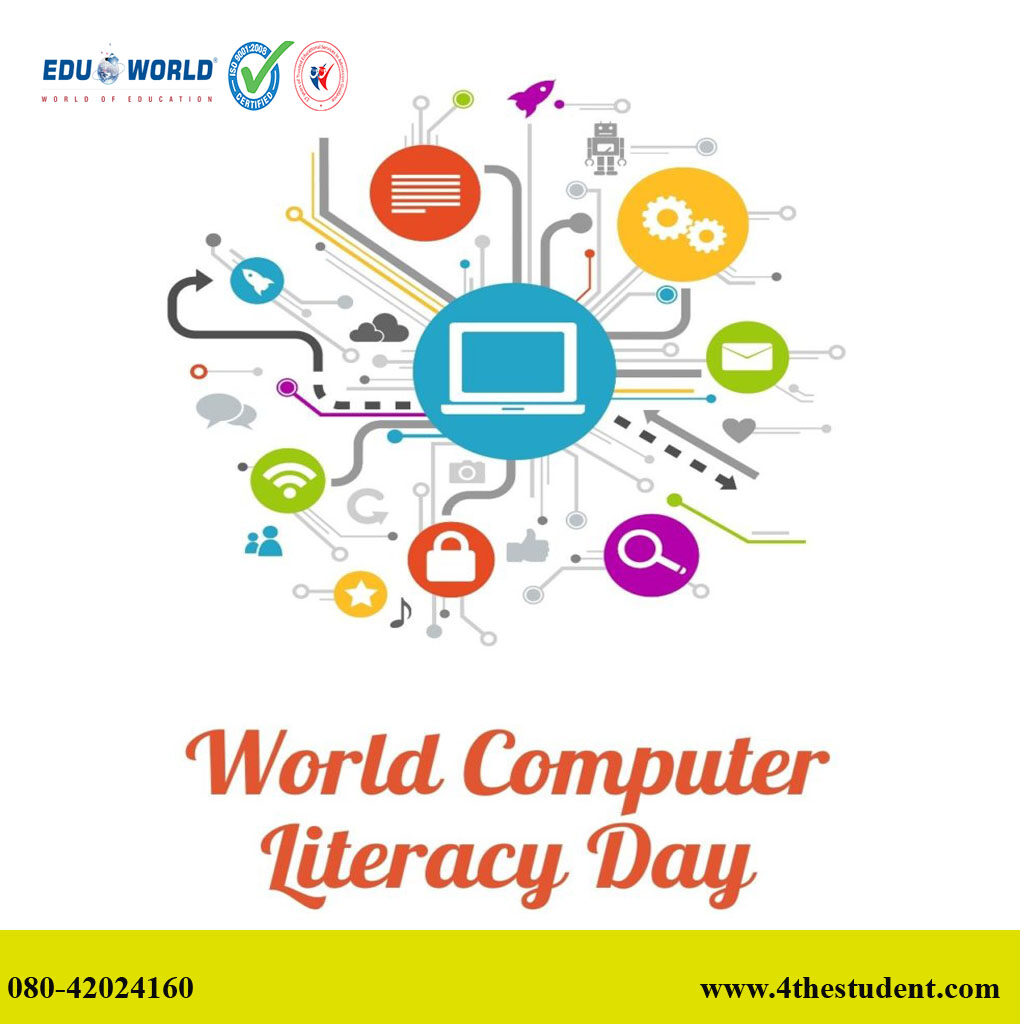On December 2, we celebrate World Computer Literacy Day. The holiday was started in 2001 by N.I.I.T. as a way to celebrate the company’s 20th anniversary and increase computer literacy, especially among women and children. Computer literacy day reminds us to make computers accessible and easy to understand for those who may struggle with innovation, even though computers have become commonplace in our futuristic world. An Indian company known as N.I.I.T. started World Computer Literacy Day in 2001 to commemorate its 20th anniversary. N.I.I.T., which stands for the National Institute of Information Technology, was established in 1981 by Rajendra Singh Pawar and Vijay K. Thadani. The company came up with World Computer Literacy Day in response to a study that found men accounted for the majority of computer users worldwide. Consequently, N.I.I.T. took up the cause of empowering more women and children to learn computer literacy. The business has expanded to over 30 nations since its founding in 1981. The “Difference Engine,” a mechanical computer that could perform simple calculations, is where the history of the computer begins in the early 1820s.
Individuals’ awareness, attitudes, and abilities to identify, access, and appropriately use digital tools and resources are referred to as digital literacy. Additionally, it encompasses the entire process of managing, integrating, evaluating, and analysing digital resources. It also includes the creation of new knowledge, media expressions, the facilitation of constructive social action, and communication with other people in particular life situations. The global shift toward digital education and distance learning as a result of the Covid 19 pandemic have demonstrated the significance of digital literacy.
Services, information, and opportunities have changed as a result of the global dominance of internet technologies. New habits, procedures, and knowledge were also required for many tools and equipment. We are now able to accept new ideas and incorporate them into our daily lives thanks to the rapid adoption of mobile technologies like smartphones and tablets. My life was forever altered by this circumstance, which also sparked the idea that I ought to be open to new ideas. In terms of how they gather and access information, older generations and current generations differ from one another. There are significant differences, particularly in terms of working life. This situation demonstrates generational tensions in family and professional life. This generation, which came into existence following the widespread adoption of digital technologies in the 1980s and subsequent decades, has a complex preference structure when it comes to the media, they use in both their personal and professional lives.
Edu world identifies one of the aspects that make up the most crucial component of digital citizenship is digital literacy. The ability to use digital technologies to quickly access information, to question the accuracy of information, and to effectively produce information are all components of digital literacy. EDU World guides the students in accessing the right information in the digital environment, producing the right information, being aware of the right information, and utilizing technology in the learning-teaching process are all aspects of having knowledge of various technologies and the ability to use technologies correctly.




